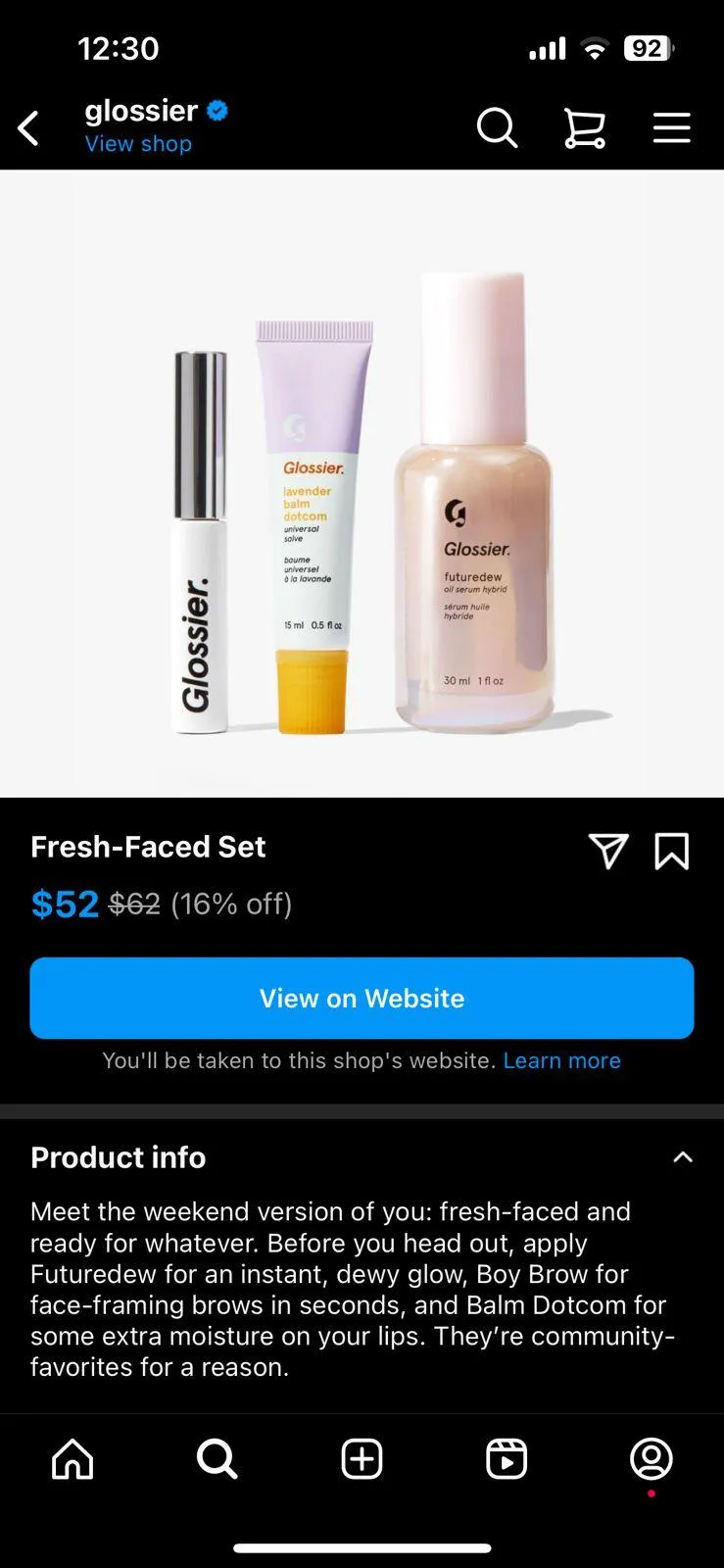More About Social Commerce
Yahoo! coined the term “social commerce” in November 2005, referring to a collection of online interactive purchasing features such as user ratings, shared pick lists, and sharing of user-generated content to promote products.
Since then, platforms like Instagram, Facebook, Snapchat, and many more have introduced multiple social commerce features. This features enable businesses to seamlessly blend e-commerce functionalities with social media posts.
Marketers leverage the visual nature and wide reach to reach potential customers all over the globe and present them their offerings as they browse through their favorite social media sites.
Some of the marketing strategies that social commerce uses include:
- Engaging users to vote on the product’s layout or options
- Presenting customized options to buyers
- Using eye-catching, large-scale visuals to encourage clicks
- Using videos to demonstrate the product in action from various viewpoints
- Encouraging users to share images, comments, and suggestions
- Utilizing influencers to promote the product line
- Directing users straight to the shopping cart or checkout page
- Offering discounts or giveaways to consumers who promote the product on their feeds
Look at how Glossier, a cosmetic company, leverages the social commerce feature to sell their line of products. You can see the product image, information, price, along with a call to action to drive traffic to their website. Additionally, there is an option for instant purchasing through the Instagram page itself, indicated by the shopping cart icon in the top right corner of the page.

Source: Instagram


